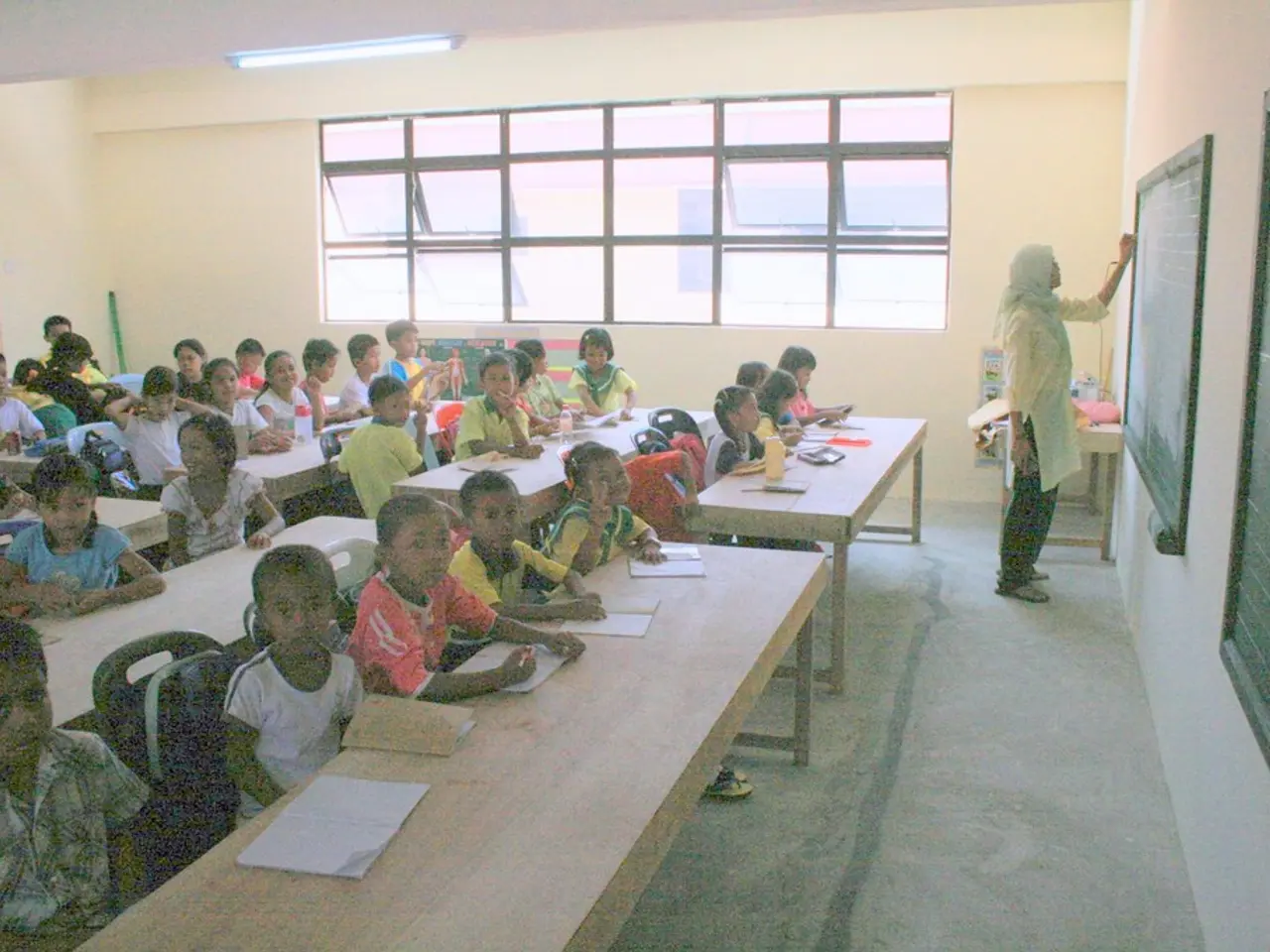Improving Education by Adopting Universal Design for All Learners
Universal Design for Learning (UDL) is a forward-thinking approach aimed at optimizing teaching and learning by accommodating the diverse needs of all students. This framework, grounded in three primary principles - providing multiple means of engagement, representation, and action and expression - is gaining traction in educational institutions around the world.
The Power of UDL in Practice
A case study from the Georgia Institute of Technology highlights the impact of UDL strategies in supporting students with varying learning needs. By adopting UDL, educators can create inclusive classrooms that effectively cater to all learners, including those with disabilities, language barriers, or specific learning differences. Similarly, the University of Oregon has trained faculty to develop UDL-compliant curriculum, focusing on proactive planning and flexible assessment methods.
In California, a middle school has revamped its science curriculum using UDL principles, incorporating interactive technology to boost student participation and comprehension rates. These examples demonstrate the transformative potential of UDL in fostering a culture that values and supports the unique strengths of each learner.
Overcoming Challenges and Paving the Way Forward
While the benefits of UDL are clear, implementing this approach is not without its challenges. Common obstacles include misconceptions about UDL, resource limitations, and faculty members' lack of confidence in designing UDL-oriented lessons. Misunderstandings, such as the belief that UDL promotes a one-size-fits-all approach or that it is exclusively for students with disabilities, need to be addressed.
Addressing resource limitations requires policymakers to prioritise UDL principles in legislative frameworks, invest in professional development programs, and allocate funding for accessible materials and educational technologies. The lack of trained personnel proficient in UDL hinders educators from applying these techniques comprehensively. To overcome this hurdle, collaboration between educators, administrators, and technology developers is essential.
Innovations and Future Directions
Innovations in UDL practices include assistive technology, flexible learning paths, and multimedia resources to cater to different learning styles. Embracing data-driven approaches will facilitate continuous assessment of UDL initiatives, allowing educators to fine-tune instructional methods based on student performance and engagement.
Advancements in technology, such as artificial intelligence and adaptive learning software, offer personalized experiences, catering to diverse learner needs. Collaboration among stakeholders, including schools, parents, and communities, is essential in implementing inclusive education practices.
Strategies for Effective UDL Implementation
Implementing UDL involves diversifying instructional methods, providing multiple means of engagement, utilizing technology, and continuous assessment and feedback. Some effective strategies include:
- Provide Multiple Means of Engagement: Foster motivation and persistence by using diverse teaching methods, culturally relevant content, and interactive tools. Give students choices to increase their interest and collaboration opportunities.
- Provide Multiple Means of Representation: Present information in various formats such as text, visuals, audio, videos, simulations, and interactive media. This helps accommodate diverse learning preferences and strengthens comprehension.
- Provide Multiple Means of Action and Expression: Allow students to demonstrate what they have learned through different methods like written assignments, presentations, video or audio recordings, and projects. Offering options empowers students to express knowledge in ways that suit their strengths.
- Use Accessible Materials and Tools: Incorporate instructor-provided notes, outlines, lecture recordings, study guides, and low-stakes assessments. Consider flexible assessment formats such as take-home or self-paced exams to reduce barriers.
- Incorporate Student Feedback: Create mechanisms for learners to provide feedback on course design so that instruction can be adapted to better meet their needs.
- Develop a Foundational Understanding Among Educators: Provide professional development that models UDL principles and focuses on addressing specific barriers to learning. Administrative support and collaboration time enhance implementation success.
- Align UDL with Literacy Instruction: Use research-based strategies to design literacy environments that support motivation, access to complex texts, background knowledge, and varied modes of expression.
These strategies align with the three core UDL principles - engagement, representation, and action & expression - and form a flexible, inclusive approach that addresses diverse student needs and promotes equity in learning.
Evaluating UDL's Impact
Evaluating the effectiveness of UDL involves assessing both the pedagogical strategies employed and the learning outcomes achieved. By adopting UDL principles, educators can create a more equitable environment, allowing for personalized learning pathways that significantly enhance educational experiences by promoting inclusivity and accessibility. The future of UDL holds promise for innovative practices that can transform educational environments, improving learning outcomes and fostering a culture of inclusivity within institutions.
- To cater to a diverse range of professional development needs in education-and-self-development, educators can participate in training programs focused on instructional strategies like Universal Design for Learning (UDL), which incorporates e learning resources and employs flexible learning paths to address diverse learning styles.
- In the realm of education-and-self-development, incorporating UDL principles, such as providing multiple means of engagement, representation, and action and expression, can aid in creating learning environments that support learning through a variety of means, including interactive technology and multimedia resources.




